Aug 15, 2025
Author:Lisa Martinez
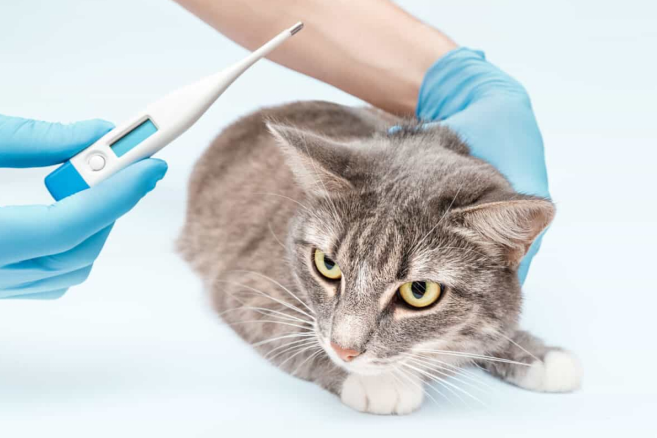
Cat parents try to keep their furry friends safe, feed them the best food, and create the safest environment possible. Nevertheless, Salmonella is one of the threats that are typically ignored, and it is a harmful bacterium that can not only damage people but also cats.
It may not be a risk, but it is good to know how Salmonella is spread, what symptoms to watch, and how to avoid exposing your cat to it, especially when you feed raw food or have an adventurous hunter in the house.
What then is Salmonella in cats, and what can you do to keep your fur baby safe with simple, preventive steps? Follow this detailed guide for everything about Salmonella in cats.
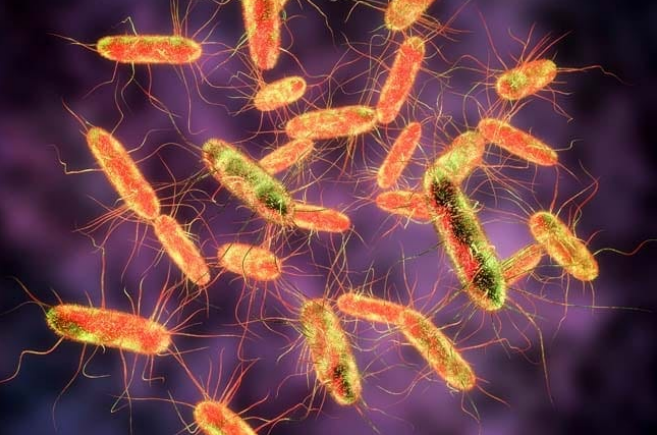
Salmonella is a food poisoning. It is found in the intestinal tract of animals and human beings and can be transmitted through contaminated food, water, or surfaces, or even through contact with infected animals. Salmonella is related to human food safety; it may be a severe health hazard to pets, as well as to cats.
Cats can be infected with Salmonella through:
● Eating raw or half-cooked meat or eggs
● Water sources that are contaminated are consumed
● Contact with infected animals or feces
● Dirty eating or litter box cleaning
Cats with weak immune systems and kittens have higher chances of developing severe symptoms. One can mitigate this risk by ensuring their cat's immune system is healthy and by feeding it nutrient-rich food.
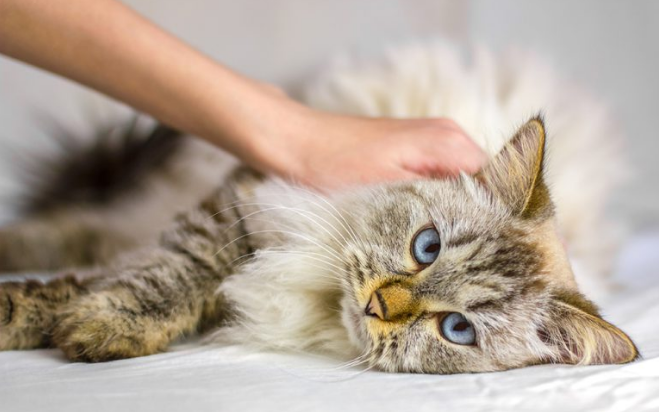
Though outdoor cats are more likely to get exposed to contaminated sources, indoor cats are not entirely safe. The bacteria can be introduced to the cats through their owners, who feed them a raw diet, or allow them to be exposed to raw poultry or meat in the kitchen, or have poor food hygiene practices. Raw food is a trend among pet owners who feed their cats, but it is hazardous because it may lead to salmonella.
In that case, when giving your cat treats or fresh food, follow clean handling practices as described in helpful sources such as Safe Food Options in cats.
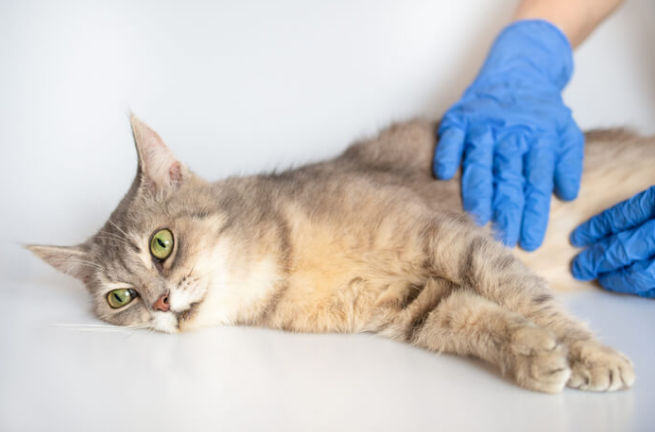
Salmonellosis in cats can be mild or severe. Some cats do not exhibit any signs, but others might get very sick. Here are the signs of Salmonella in cats:
● Diarrhea (with mucus or blood) and vomiting
● Lack of appetite
● Depression or lethargy
● Fever
● Pain or discomfort in the abdomen
● Dehydration
● Weight loss
In other cases, cats may be carriers of Salmonella, but they do not show the symptoms. They can still spread the bacteria through their feces, which is harmful to other animals and humans in the house.
YES, Salmonella can be transferable between cats and humans, and this is known as zoonotic transmission. It can be through:
● Close contact with cat feces
● Cleaning a filthy litter box
● Raw Pet Food Handling
● Improper handwashing after feeding or cleaning up your pet
This is concerning in households with young children, elderly family members, or immunocompromised individuals.
Practicing good hygiene is essential, including handwashing, disinfecting food bowls, and keeping feeding areas clean, to keep your pet happy and healthy. Also consider switching to hands-free feeding options that reduce direct food contact.
When you suspect that your cat is ill because of Salmonella, the first thing your veterinarian will probably do is a complete physical examination and a lot of questions regarding your cat and its symptoms, the recent diet, changes in behavior, and possible exposure to raw foods or infected sources. To determine the presence of Salmonella, your vet may perform the following diagnostic tests:
● Feces culturing to ascertain the bacteria in question
● Blood tests to identify the level and severity of the infection
● Urinalysis and other examinations to determine dehydration or other health problems
Early diagnosis is needed to prevent complications in more vulnerable cats, such as kittens, old cats, or cats with weakened immune systems. An untreated Salmonella infection can progress to more serious illnesses, including sepsis, chronic gastrointestinal diseases, or bowel damage, which can be treated with intensive care and may take a long time to recover.
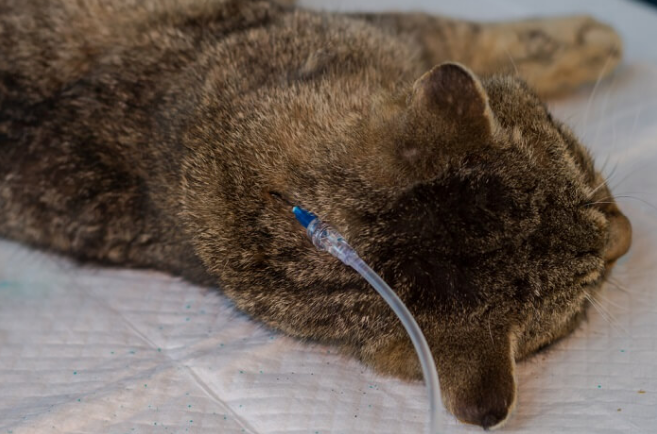
The use of antibiotics to treat Salmonellosis in cats is not commonly used by many veterinarians, particularly when the cat is an asymptomatic carrier or has mild gastrointestinal illness. The use of antibiotics may lead to the resistance of the bacteria and even more severe infections.
Supportive care is chosen depending on the clinical manifestations that the cat is experiencing due to the Salmonella infection and the severity of the illness. The ill cat must be hydrated with fluids, particularly in case of diarrhea.
Mild salmonella can be treated at home by resting and taking a lot of fluids. However, mild infections do not require veterinary care, but moderate and severe infections do. You can cure mild Salmonella by doing simple actions:
● Fluids against dehydration
● Severe bacterial infections: Antibiotics
● Probiotics to restore gut health
● Food supplements to allow your cat to regain strength
It may help feed your cat with plain, easily digestible food throughout the recovery process. They might require a change in their feeding time, especially when they have lost their appetite. Some are successful when they eat small, delicious meals more frequently throughout the day.
Regular feeding and access to clean water are also important components of care. You can find other feeding tips in this guide on how to feed a sick cat.
To avoid Salmonella contamination, take the following hygiene precautions:
● Wash your hands when you have been handling food, litter boxes, or cleaning up after your cat
● Wet food or raw food should be served in disinfected food bowls daily
● Raw meat should be avoided or used with utmost care and with different utensils
● Do not keep food and water bowls in places where you prepare personal food
● Store your cat's food in safe containers to ensure that it is fresh and free of contamination.
A properly constructed automatic pet feeder can minimize direct contact with food and enable cleanliness. These tools have portion control and built-in feeding schedules that minimize the chances of contamination. Even camera and voice control feeding systems allow you to observe the behavior and appetite of your cat remotely, which is perfect when you want to catch the early signs of illness or special diets.

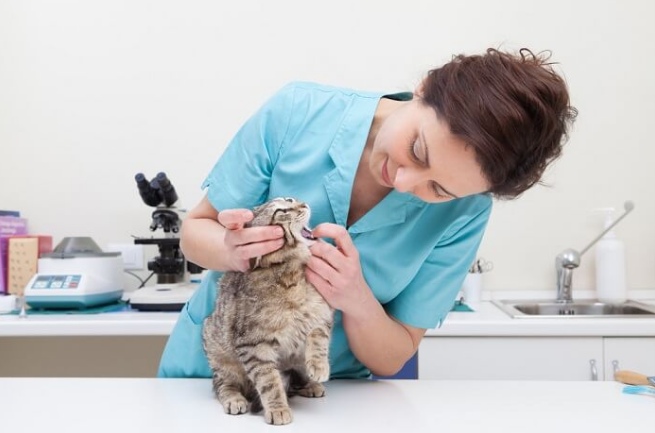
Nothing is better than prevention. The following are some of the ways of reducing the risk of Salmonella:
● Raw feeding should be avoided unless strictly advised by a veterinary nutritionist
● Select good-quality commercial pet foods from good brands
● Maintain a clean house, particularly feeding places and litter boxes
● Do not allow your cat to drink from the toilets or puddles outside
● Keep your cat inside to reduce rodents, birds, or contaminated surfaces exposure
When you feed your cat with something like cooked shrimp or turkey, you have to be cautious of the preparation and quantity.
It is also advisable to know which human foods can be fed to cats; some human foods, though not directly harmful, can result in infections when not handled properly. Cats are so adventurous, and they are fast at stealing bites, especially during holidays or family dinners. Ensure that you are choosing good-quality food for your cat.
Once your cat recovers from salmonella, you need to help them regain their strength. Most cats recover with treatment, but they should be monitored to prevent a relapse.
Know the daily habits of your cat-appetite, using litter box, energy, and socialization. To monitor changes, it is possible to establish a regular feeding and observation schedule, which allows detecting the symptoms early in case they recur. A significant change in recovery after illness can be achieved through the development of regular habits. To learn how to work on these habits, the guide on cat feeding routines offers effective tips.
Cats are susceptible to Salmonella, and the dangers cannot be underrated. It is preventable by care, hygiene, and informed food intake choices, and is treatable. When you feed your cat food that is safe and cooked properly, you will not only save your pet but also your family.
Ensuring your cat is well-fed and maintains good hygiene habits may seem like a small effort, but it can significantly contribute to their long-term health and happiness.
Label:
Popular Post
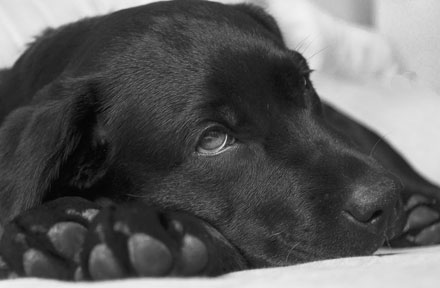
What to Feed a Sick Dog With No Appetite? [2025 Guide]
May 16, 2023
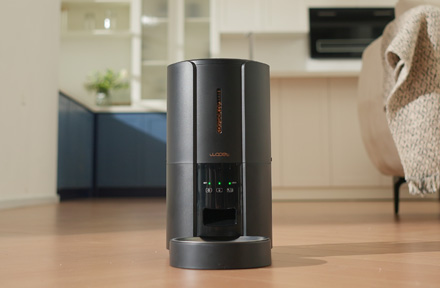
Troubleshooting Common Issues with Automatic Pet Feeders: Tips & Tricks for Pet Owners
Oct 26, 2023
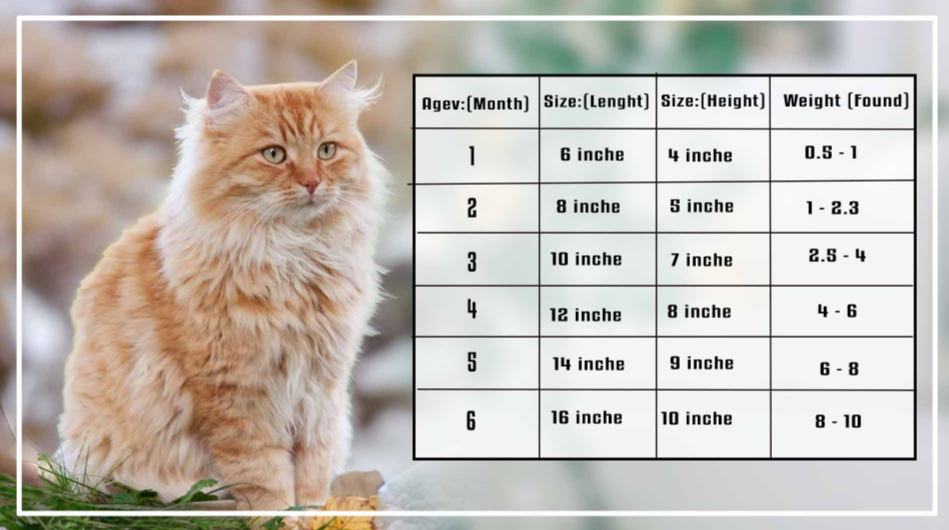
What is a standard Cat Weight chart by age Kg?
Mar 19, 2025
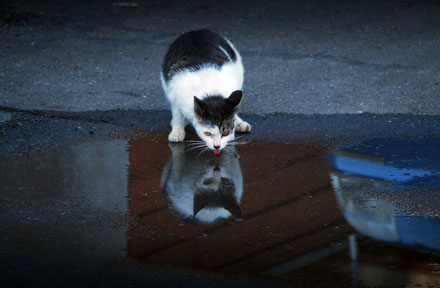
Why Does My Cat Cough After Drinking Water? 8 Potential Reasons
Mar 13, 2023
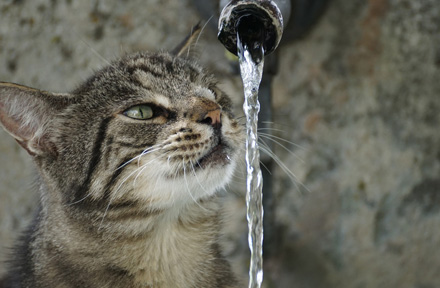
Why is My Cat Throwing up Water? Top 5 Causes Here
Feb 08, 2023
$109.99
$129.99
Copyright © 2025 WOPET. All Rights Reserved.